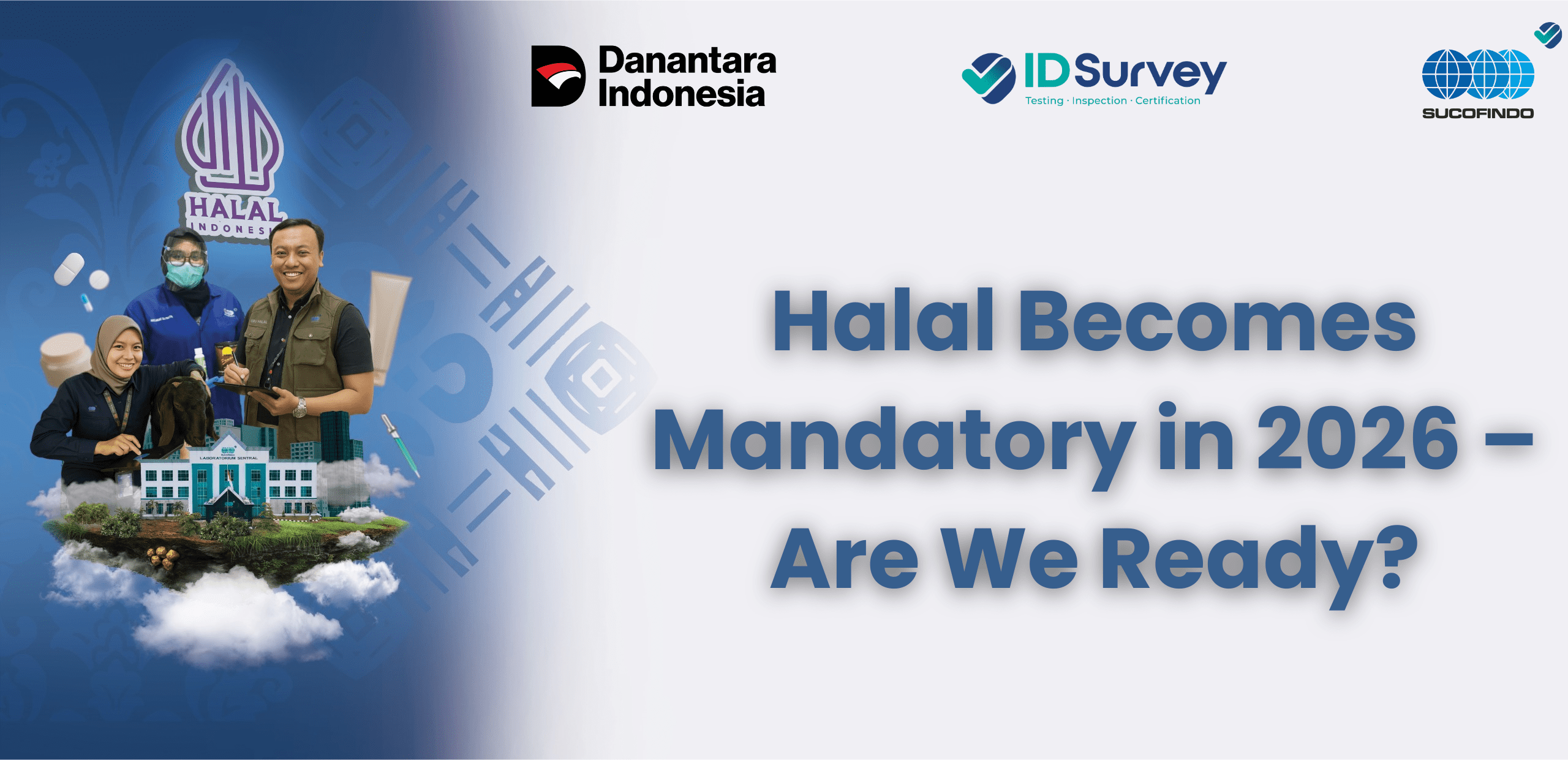Every day, we use various types of cosmetic and pharmaceutical products. However, did you know that behind every product we use, there is a series of laboratory tests that ensure the product is safe and effective for us? Laboratory testing is a crucial step in protecting consumers from harmful products that do not meet their claims.
What is Laboratory Testing?
Laboratory testing refers to a series of tests conducted on product samples to ensure they meet safety, quality, and effectiveness standards. These tests involve chemical, physical, and microbiological analysis.
Why is Laboratory Testing Important?
Laboratory testing is a mandatory requirement for obtaining product approval. Strict regulations require all products, both cosmetics and pharmaceuticals, to undergo comprehensive laboratory testing. This is done to protect consumers from products that do not meet established safety and quality standards. In other words, laboratory testing is a form of accountability by manufacturers to consumers.
In addition to being important for consumers, laboratory testing also offers many benefits for manufacturers. By conducting regular laboratory tests, manufacturers can ensure consistent product quality, enhance brand reputation, and minimize legal risks from non-compliant products. Moreover, the data from laboratory tests can be used to develop better new products.
Laboratory Testing for Cosmetics and Pharmaceuticals
- Safety Testing
- Identification of Hazardous Materials: The process of identifying, classifying, and understanding the hazardous properties of chemicals or materials. The main goal is to prevent accidents, injuries, or environmental damage caused by exposure to harmful substances.
- Toxicity Testing: A series of tests conducted to assess the potential harm or toxicity of a substance, material, or product to living organisms, especially humans. The primary goal is to evaluate the potential of a substance to cause damage to the body, both short-term and long-term.
- Irritation Testing: Conducted to assess how much potential a substance or product has in causing skin irritation. Skin irritation is marked by redness, swelling, itching, or burning. This test is particularly important for cosmetic standards.
- Sensitivity Testing: Performed to determine whether a substance or product can trigger an allergic reaction on the skin. Allergic reactions typically occur in individuals who are sensitive to certain substances.Common methods used to test sensitivity include the patch test, where a small amount of the product is applied to the skin covered by a special bandage, and after a few days, the skin is observed for allergic reactions like redness or itching. The second method is provocation testing, where the product is applied to pre-sensitized skin to provoke an allergic reaction if there is any sensitivity.
- Quality Testing
- Purity Testing: A series of analytical procedures performed to determine the purity level of a substance or compound. This test is conducted to identify how pure a substance is from contaminants or unwanted materials.
- Concentration Testing: An analytical procedure conducted to determine the amount or concentration of a specific substance in a sample. This substance could be an element, chemical compound, or even microorganism. The result is usually expressed in percentages, parts per million (ppm), or molarity.
- Stability Testing: A series of tests performed to determine how long a product, especially pharmaceutical products, food, or cosmetics, can maintain its quality under specific storage conditions. The aim is to assess whether the product remains safe, effective, and meets established specifications over time.
- Homogeneity Testing: A statistical procedure used to test whether two or more data groups have the same variance (spread of data). This test aims to determine if the data comes from populations with the same variance.
- Effectiveness Testing
- Claim Testing: The process of verifying the truth or accuracy of a claim made by the product. For example, a claim such as “Product X can whiten skin in one week” would be tested through clinical trials involving groups of people using Product X, and comparing the results with a control group.
- Bioavailability Testing: A test conducted to measure how much and how quickly an active ingredient in a drug (or other substance) is absorbed into the body and enters the bloodstream. This helps determine the effectiveness of a drug in providing the desired therapeutic effects.
- Microbiological Testing
- Microbial Content Testing: A series of analytical procedures conducted to identify and count the number of microorganisms (such as bacteria, fungi, and yeast) present in a sample. This could include products like food, beverages, water, cosmetics, pharmaceuticals, or raw materials.
- Microbial Resistance Testing: Conducted to measure a material’s or product’s ability to resist or inhibit the growth of microorganisms (bacteria, fungi, or viruses). The goal is to determine how effective a material is in preventing contamination and degradation caused by microbes.
- Packaging Testing
- Leak Testing: A procedure used to ensure that a container, packaging, or closed system does not have any leaks. This is crucial in industries like pharmaceuticals, food, automotive, and electronics because leaks can lead to contamination, product damage, or even harm to users.Various methods for leak testing can be applied, ranging from simple visual checks to advanced techniques like helium or ultrasonic testing. Common methods include pressure testing, vacuum testing, dye penetration, and electrical current measurement.
- Environmental Durability Testing: A series of tests aimed at measuring a product’s ability to withstand extreme environmental conditions. These tests include temperature (both high and low) to simulate extreme weather, humidity tests for resistance to corrosion and mold, vibration tests for transportation conditions, shock tests for impact resistance, corrosion tests for chemical resistance, and dust and radiation tests. The main goal of these tests is to ensure that the product performs well and remains durable under various environmental conditions.
Imagine using cosmetics or pharmaceuticals that haven’t been tested. The risks are high, from skin irritation to more serious health issues. That’s why laboratory testing is the final line of defense before products reach consumers. If you are a manufacturer of cosmetics or pharmaceuticals and want to ensure your product meets high safety and quality standards, do not hesitate to contact SUCOFINDO. With comprehensive analysis and certification services, SUCOFINDO is ready to help you build consumer trust in your products.







